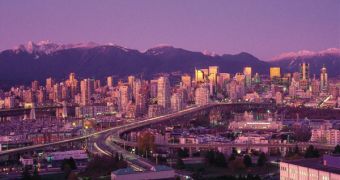Researchers working with the Arizona State University recently released the results of a study investigating how the expansion of urban areas will affect regional temperatures.
Their findings are quite worrying: by the year 2050, people living in Arizona's Sun Corridor are bound to witness an increase of 4 degrees Celsius (39.2 degrees Fahrenheit) in local average summertime climate.
Provided that high officials implement appropriate measures for urban land management, the increase in local temperatures could be restricted to about 2 degrees Celsius (35.6 degrees Fahrenheit), but overall shifts in terms of climate will soon be felt regardless of how intensive they will eventually prove to be.
Naturally, weather conditions in other urban areas are likely to undergo similar transformations, even if the changes occurring in local temperatures will not be this dramatic.
Apparently, this is because within said time-frame urban population worldwide stands to gain about 2.5 billion new residents, with the Sun Corridor (comprising Phoenix, Tucson, Prescott and Nogales) expected to be the most rapidly-growing metropolitan area.
These findings lead specialists to the conclusion that the expansion of urban areas can very well compete with climate change and global warming brought about by greenhouse gas emissions in terms of affecting present life conditions for numerous city residents worldwide.
As the researchers explain, this increase in average summer temperature for urban areas – especially Arizona's Sun Corridor – will also translate into an altered hydroclimate (i.e. the temperature, pH, density, turbidity and chemical profile of a given aquatic habitat).
The official website for the Arizona State University reports that Alex Mahalov, one of the scientists who looked into this issue, explains how, “As well as providing insights for sustainable growth of the Sun Corridor and other rapidly expanding megapolitan areas, this research offers one way to quantify and understand the relative impacts of urbanization and global warming.”
From where we stand, these warnings must be given due consideration and our planet's expanding urban areas need push for sustainable development as soon as possible, more so since this is not the first time concerns are raised with respect to how having bigger cities around will impact on global weather conditions.

 14 DAY TRIAL //
14 DAY TRIAL //